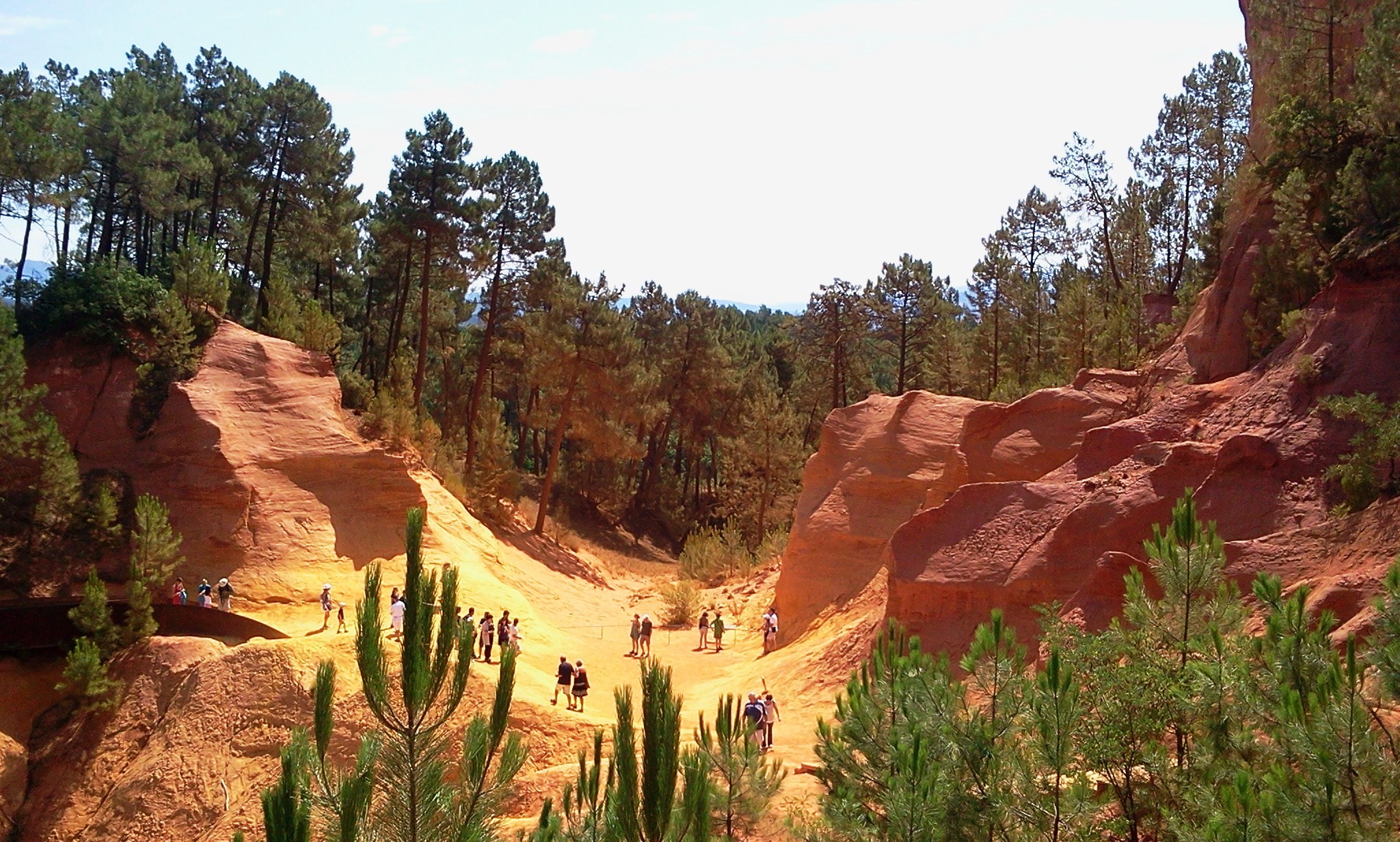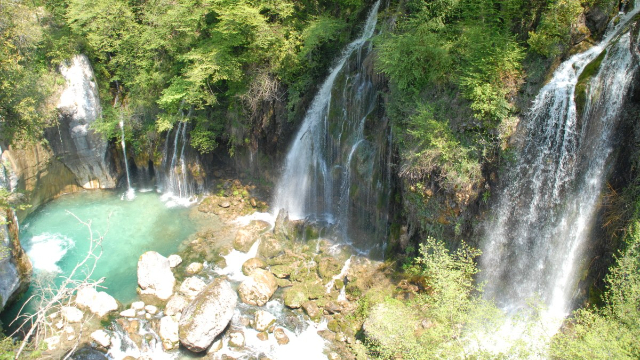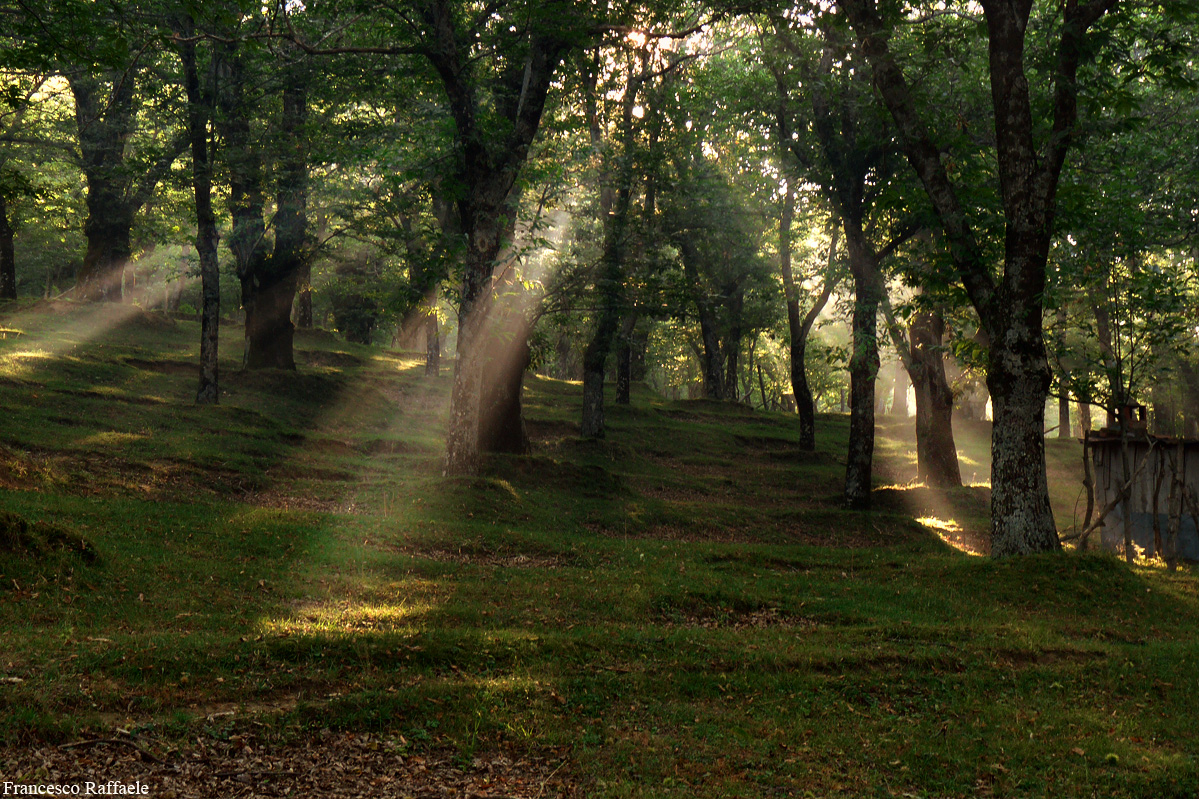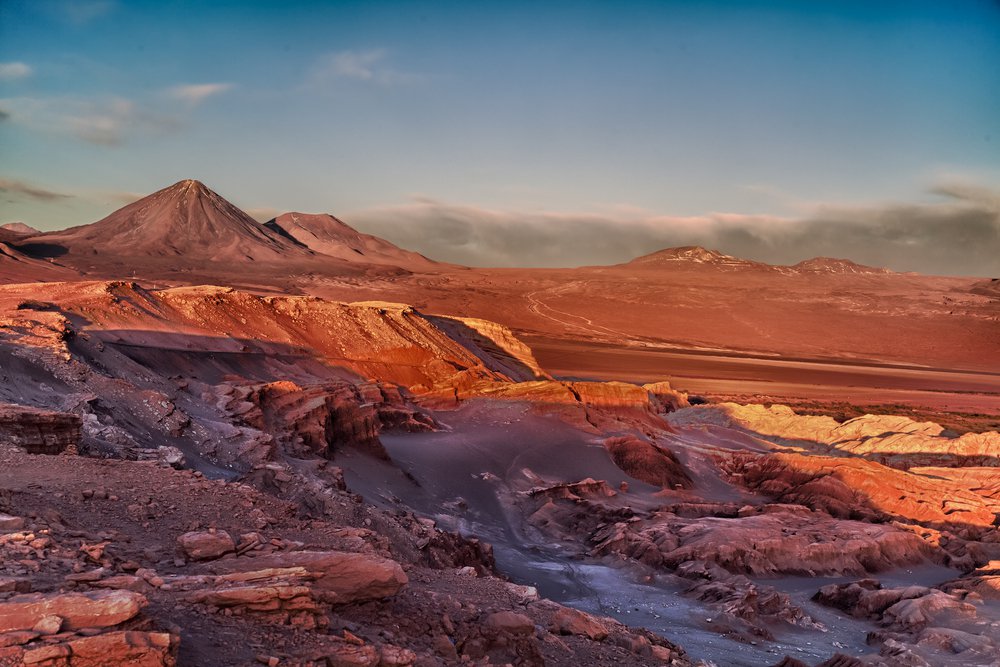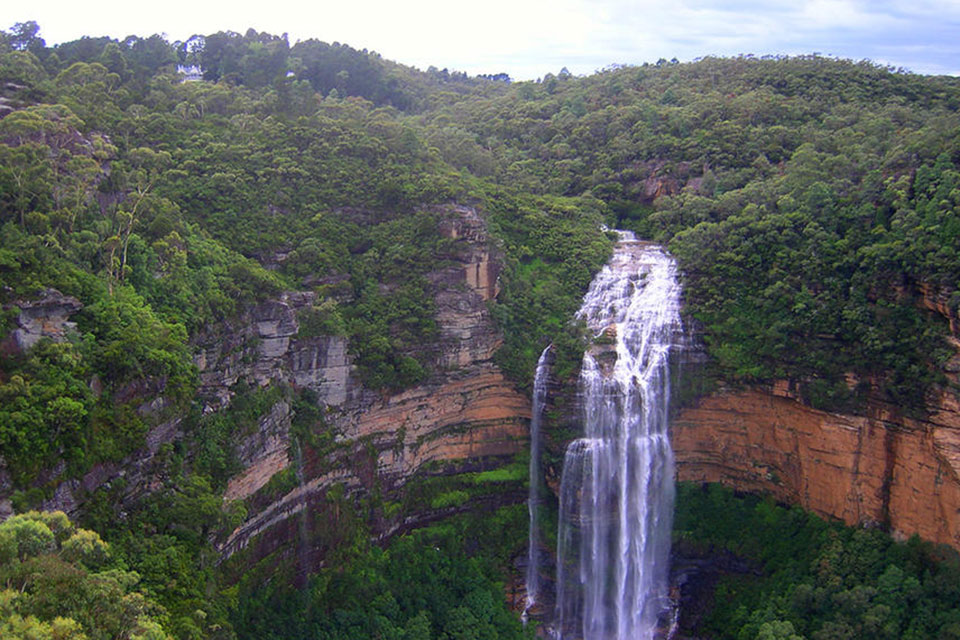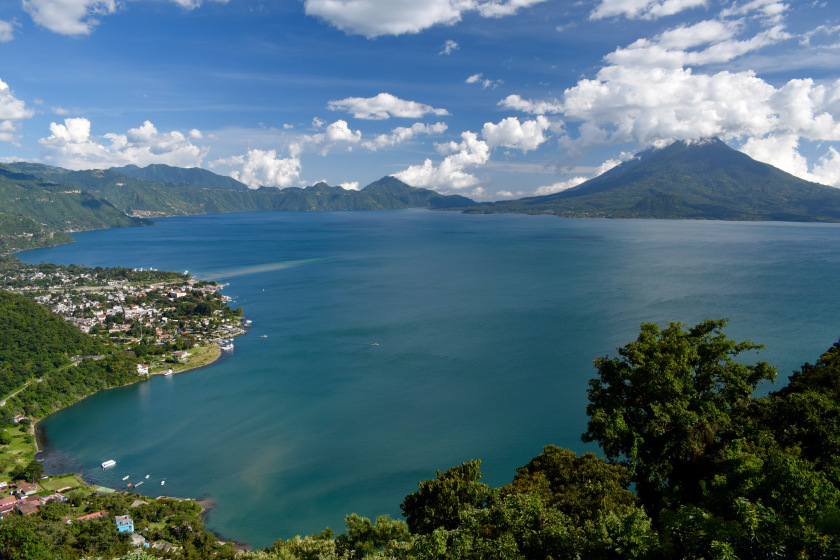The old ochre quarries are an exceptional site, one of the best natural wonders in France.
The ochre of the Luberon fascinates. From Roussillon to Gignac, by way of Villars, Gargas and Rustrel, the former ochre quarries of the Apt valley (Vaucluse) surge from the past, hiking trails have been blazed, panoramic viewpoints opened up, signs of bygone days brought up to date and car parks can be found.
This incredible landscape, sometimes carved by man, sometimes sculpted by the winds’ natural erosion, is absolutely fascinating. These natural pigments have been used since prehistoric times and we can see evidence of that on the walls of caves. Then in 1780, Jean Etienne Astier from the village of Roussillon discovered that, after processing, ochre became an inalterable and non-toxic dye.
He became the first ochre extractor in France and in the 19th century the exploitation of the mineral deposits became industrial. In the Vaucluse, the open-pit quarries and the exceptional thickness of the lodes (up 15 metres) made extraction very easy and production reached impressive figures: a record of 40,000 tons was set in 1929.
The pigment is used in the making of stucco for the Provençal houses, because it is heat and sun resistant, but also as a component, sometimes unexpected, of certain products: cheese rinds, linoleum, kraft paper, cardboard, ceramic, rubber and cosmetics.
The 1929 economic crisis and the development of synthetic dyes would toll the knell for industrial production of the pigment. Traditional production declined more slowly and is residual today.
The old ochre factory, or Mathieu factory, lying for a long time in a state of a industrial wasteland, can today be visited.
